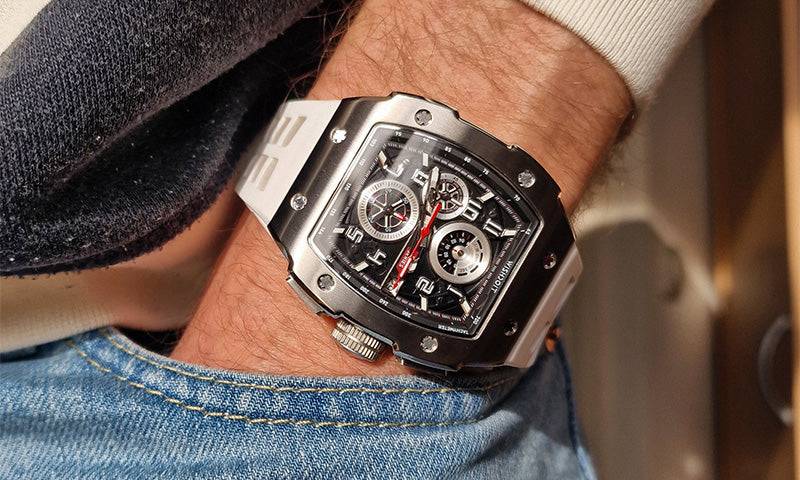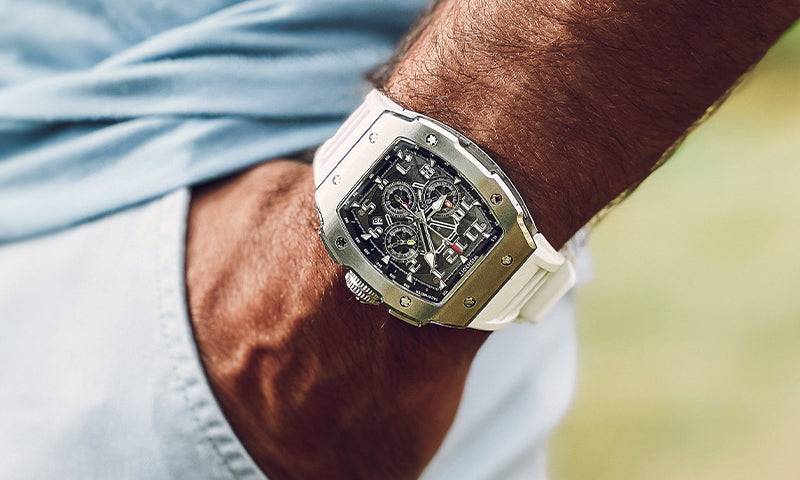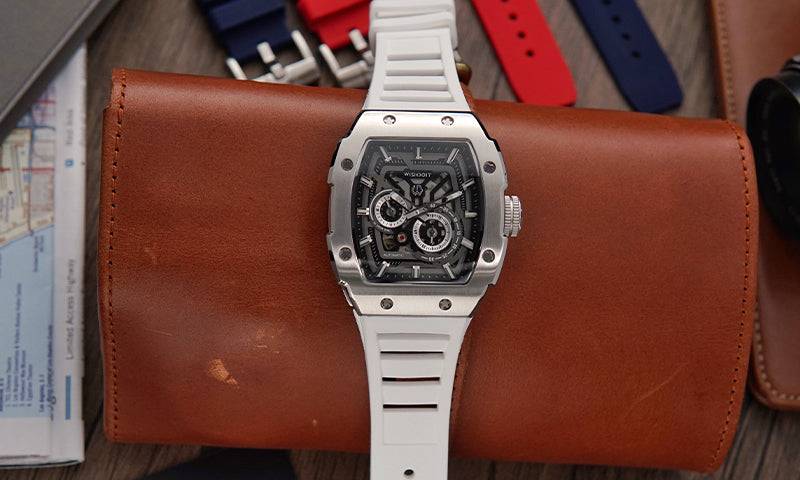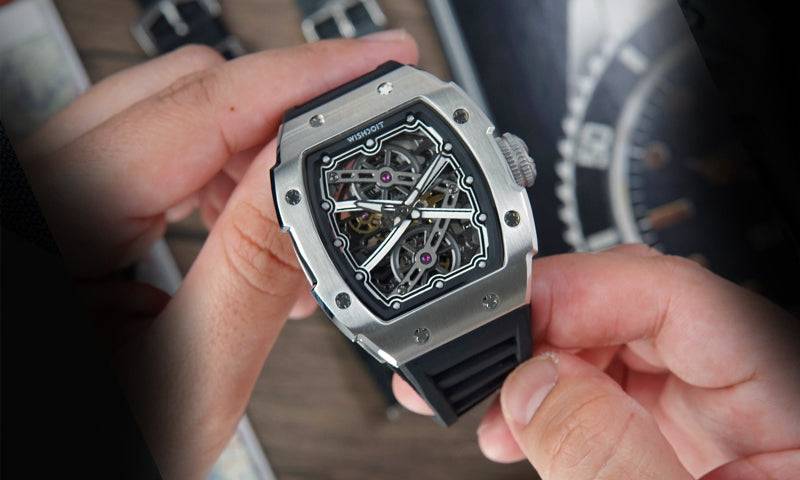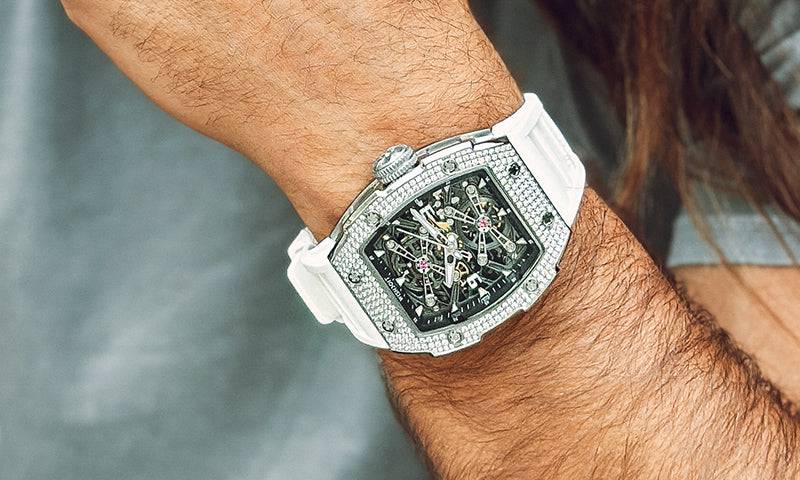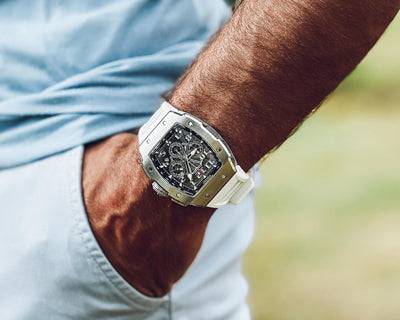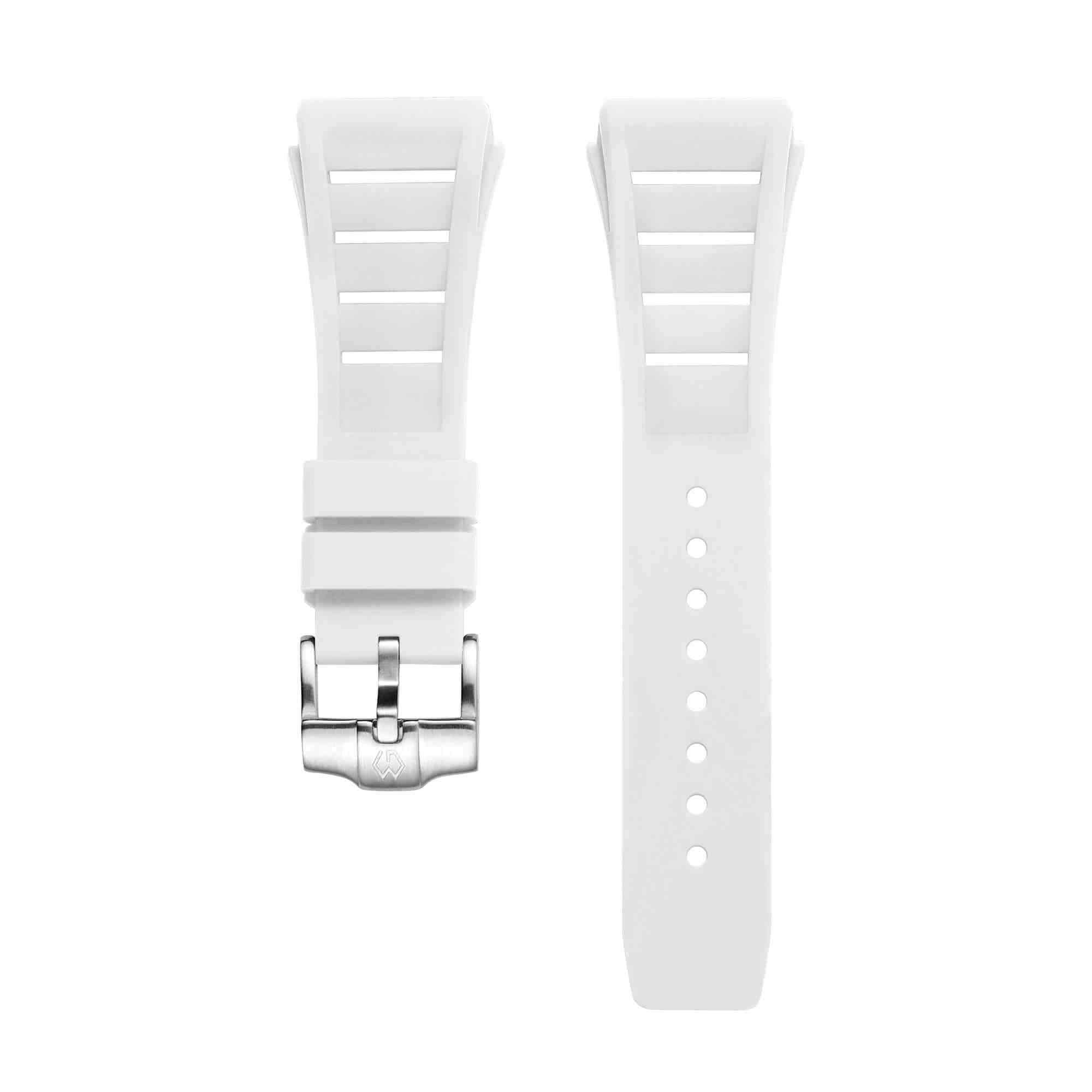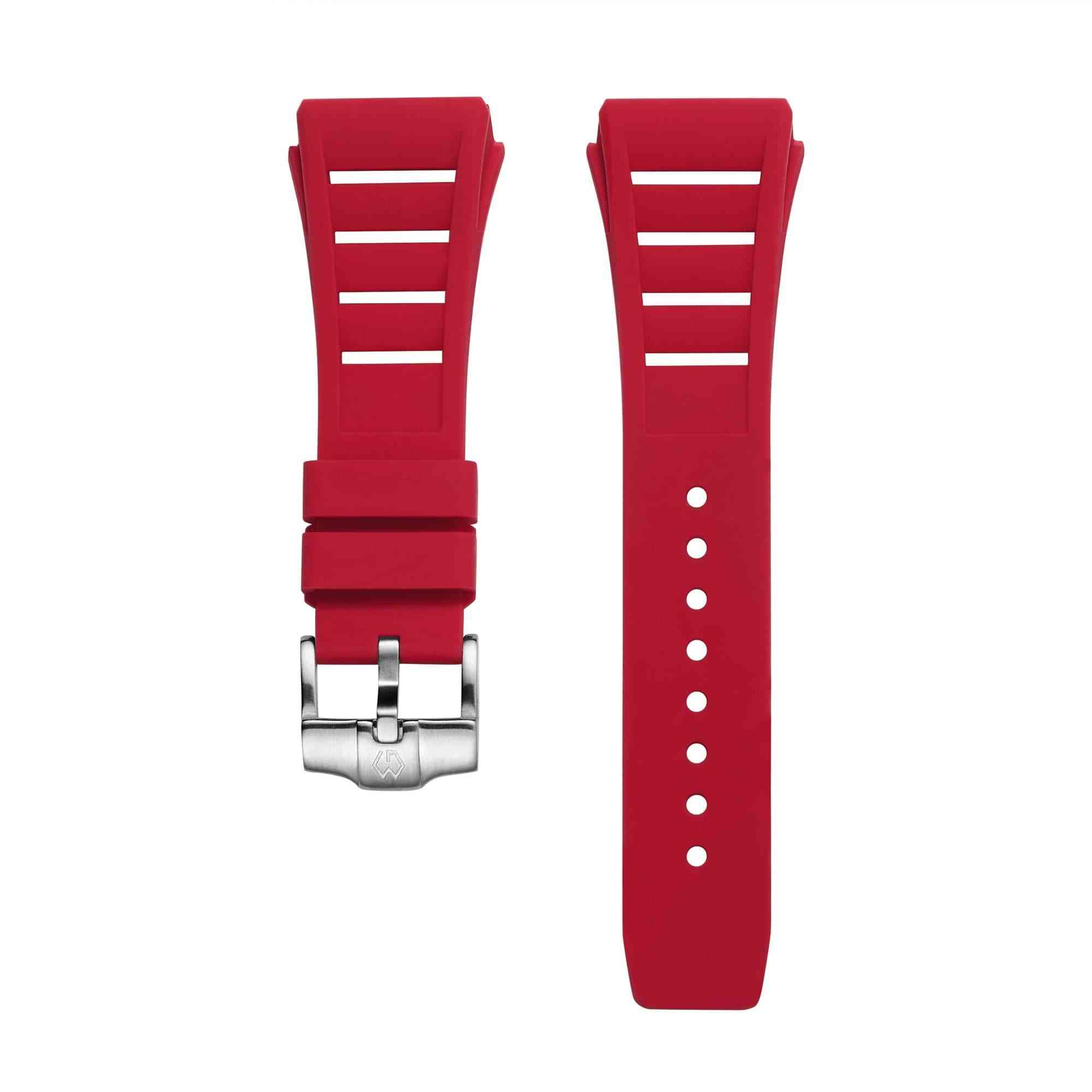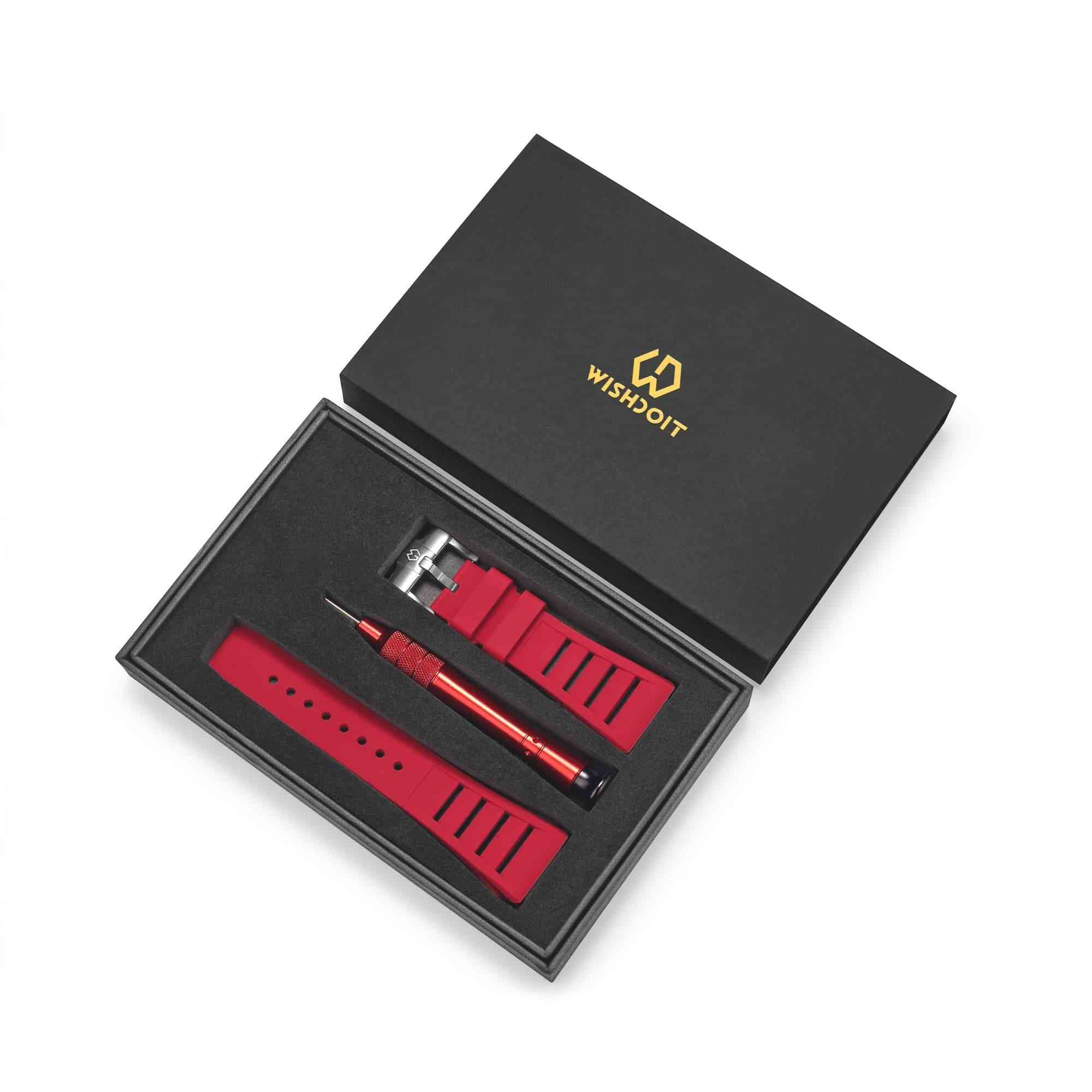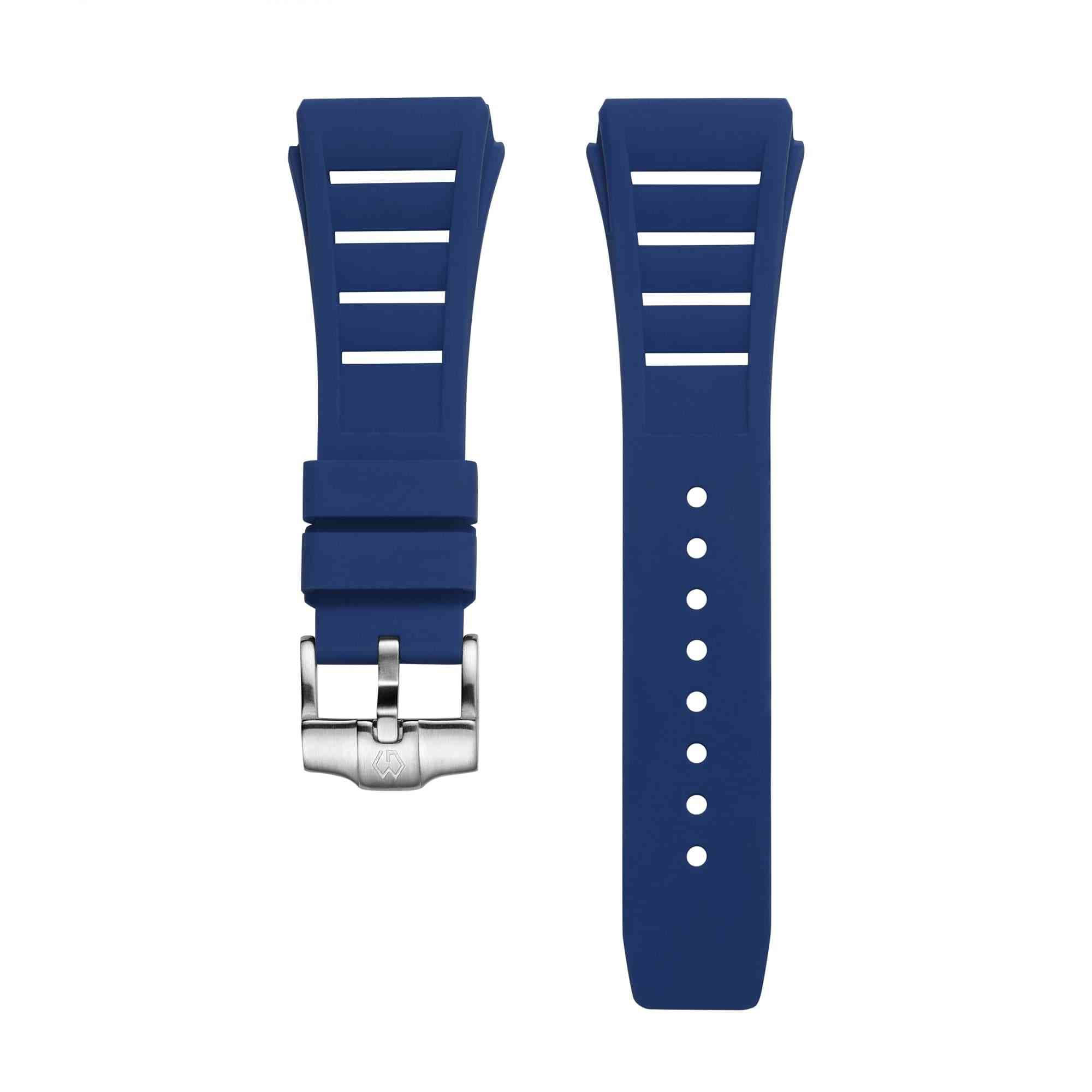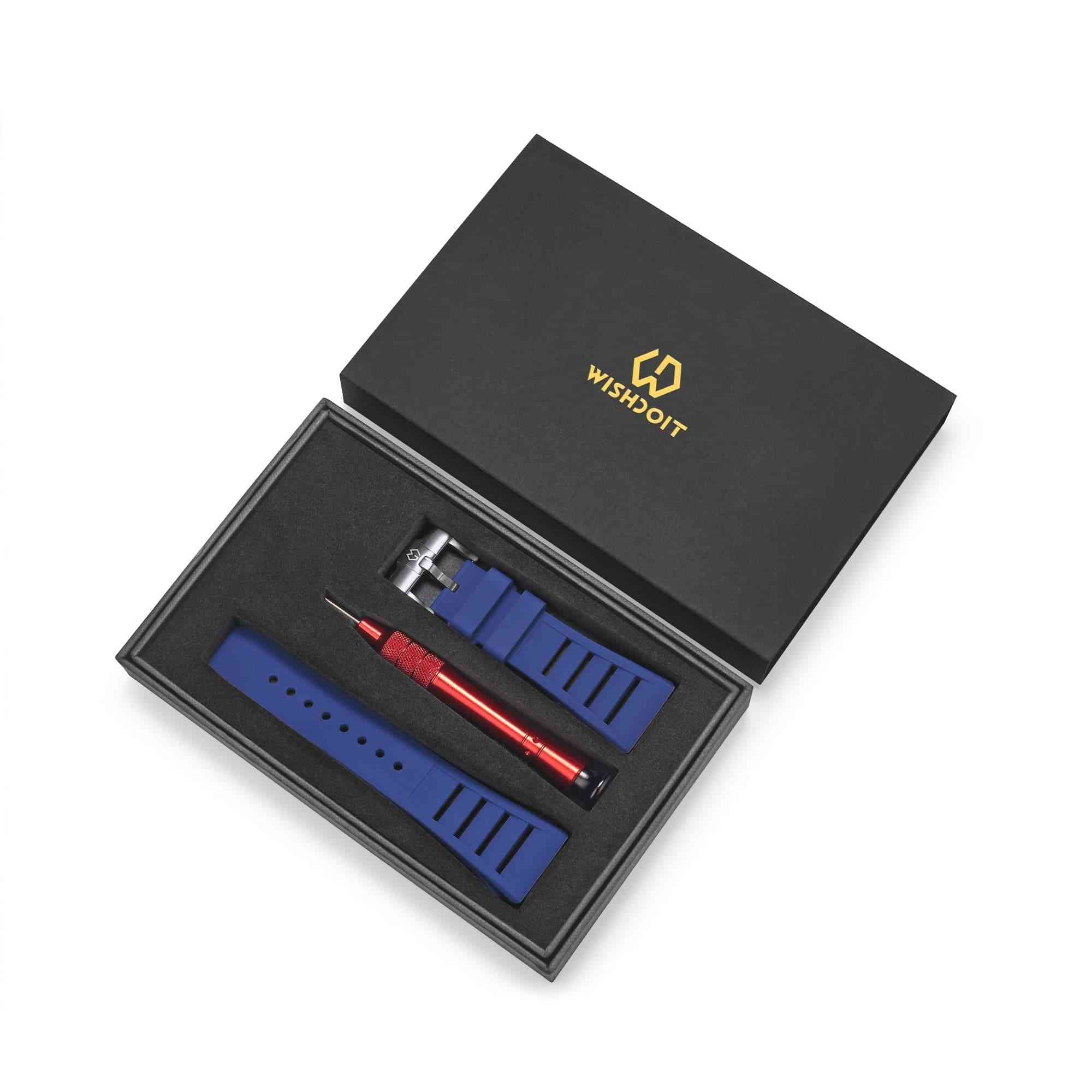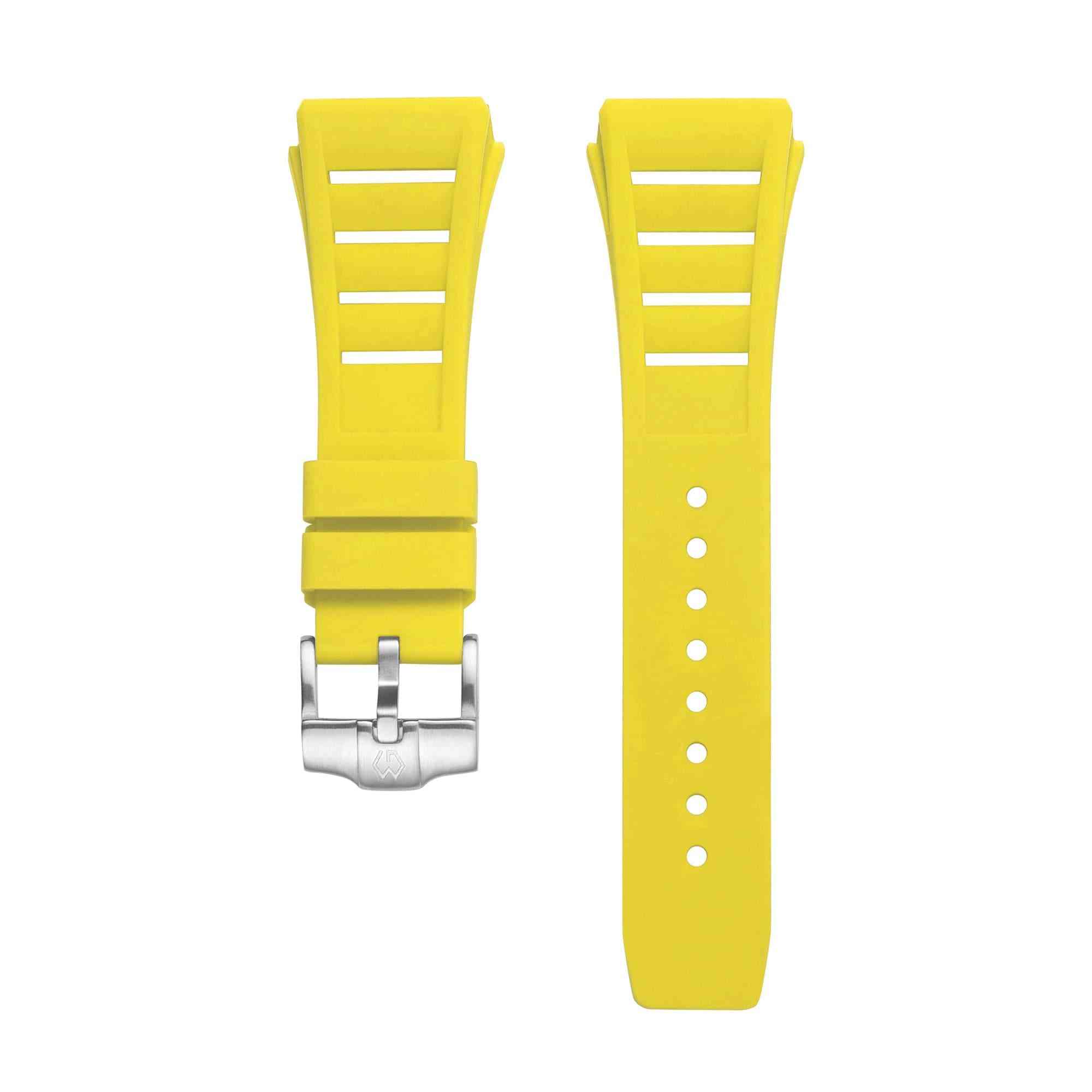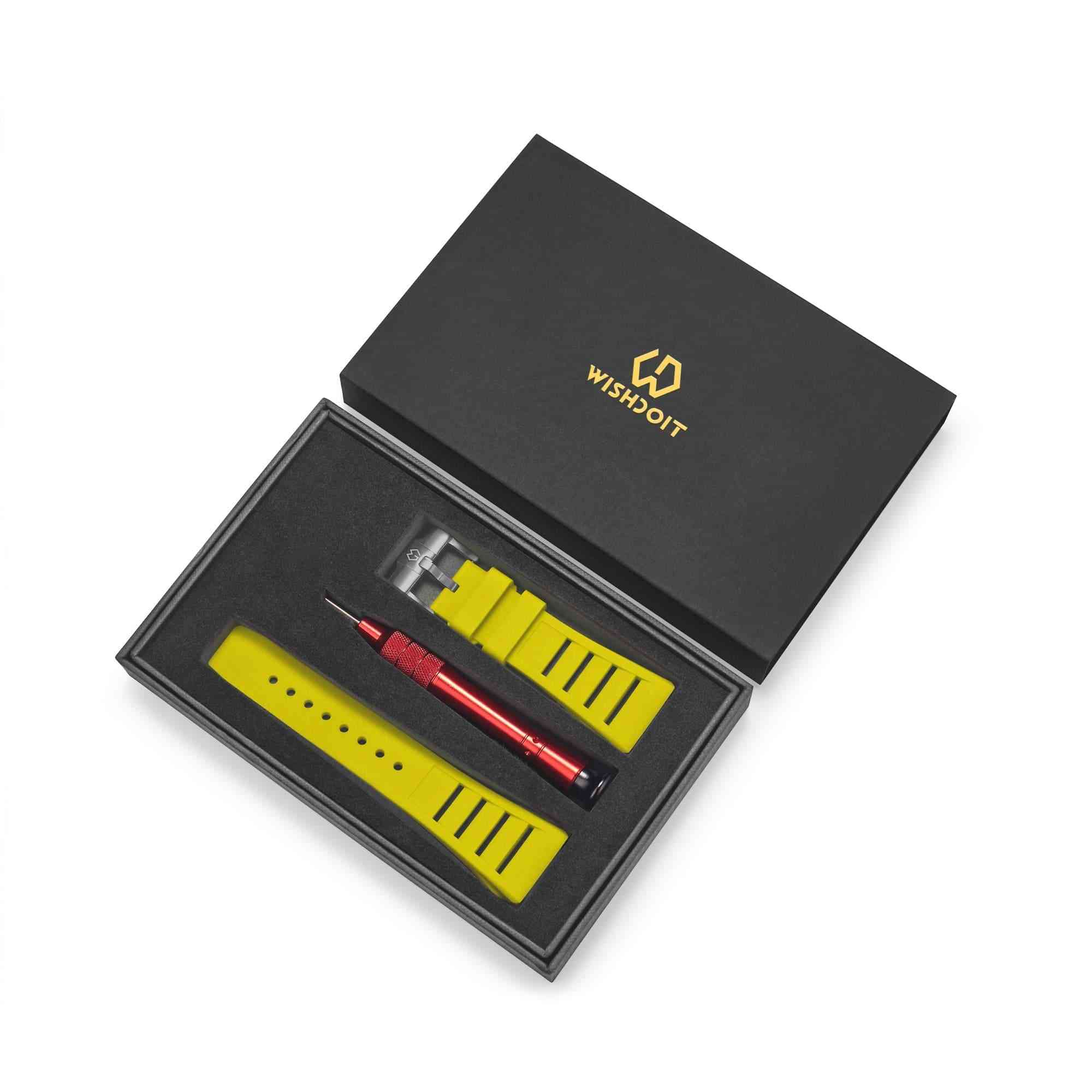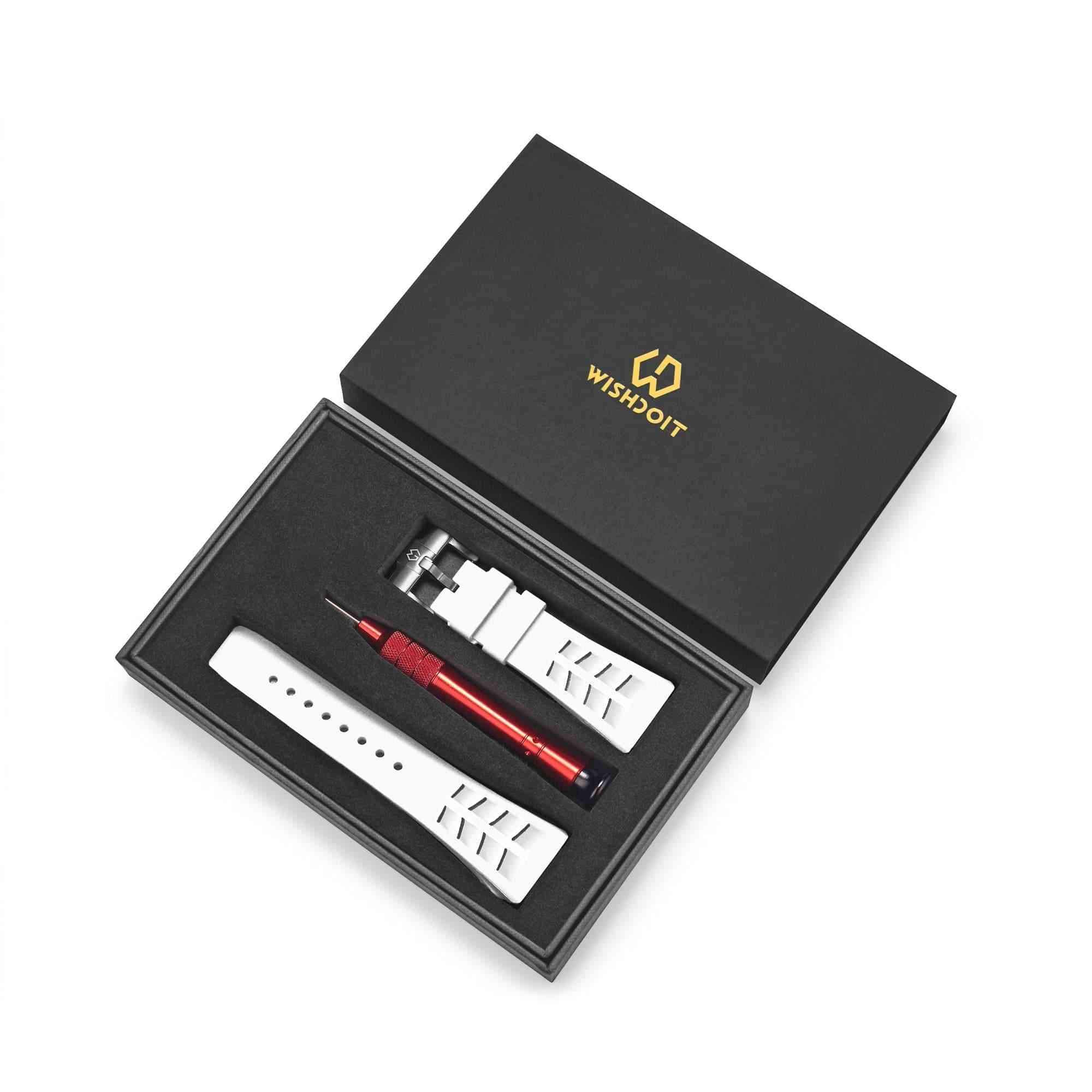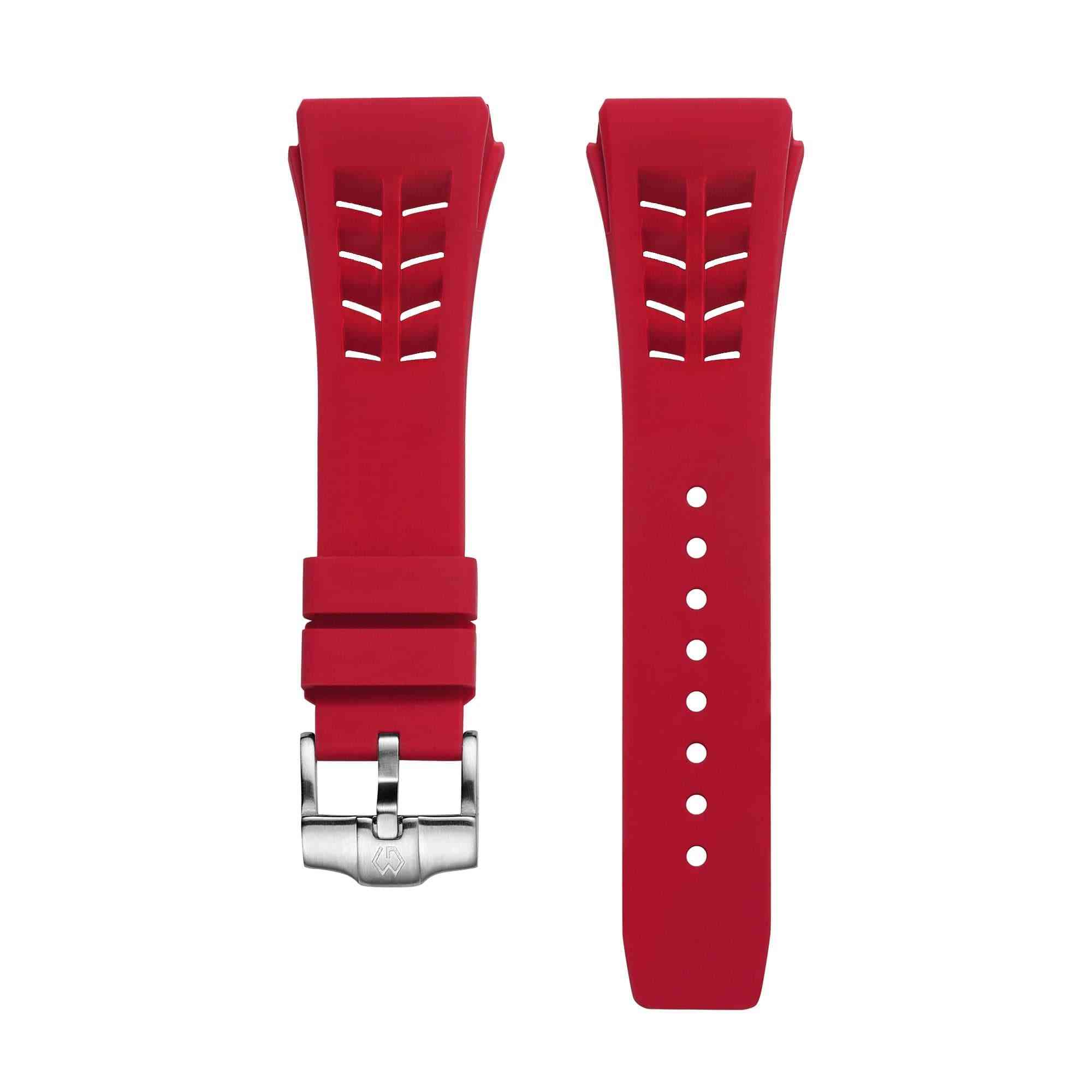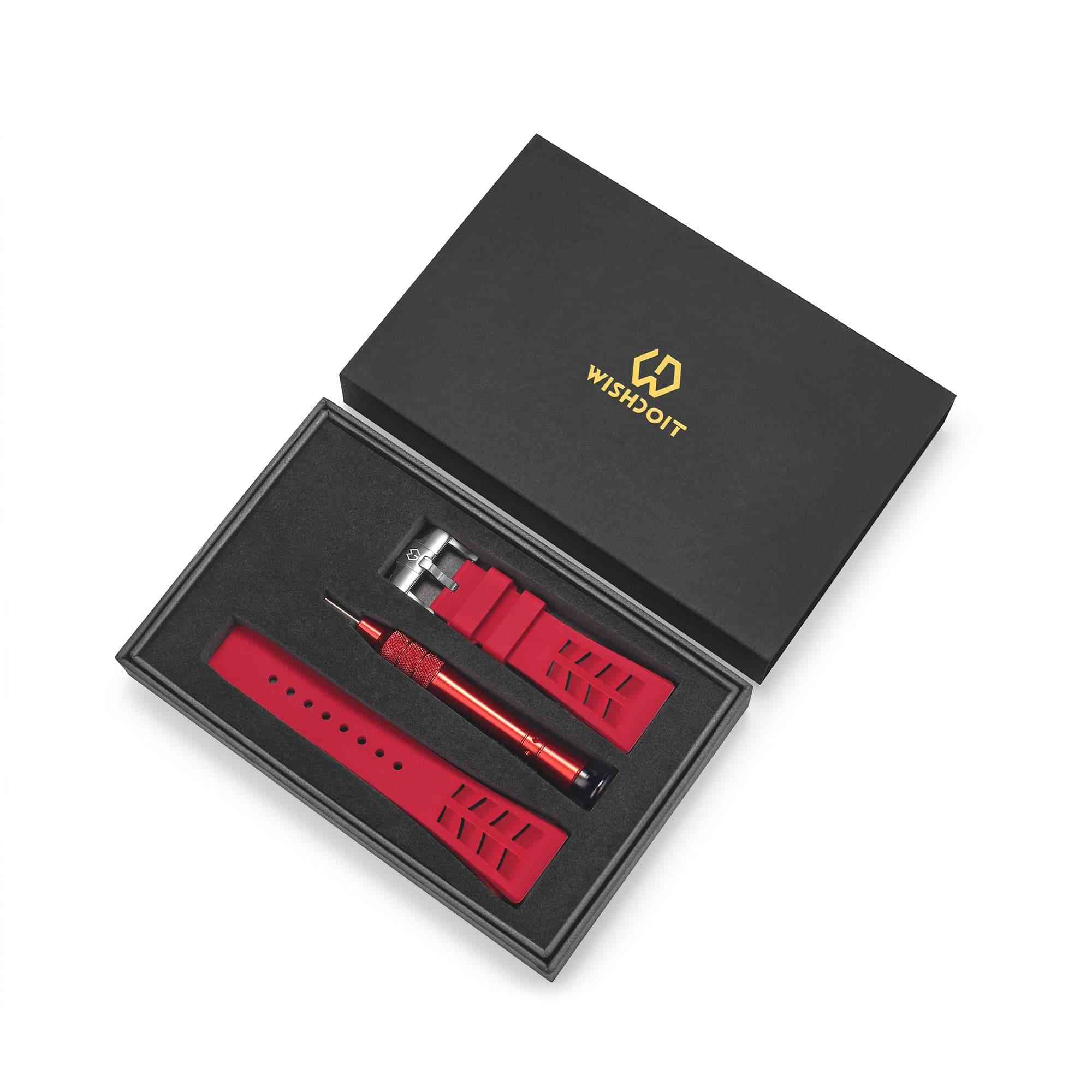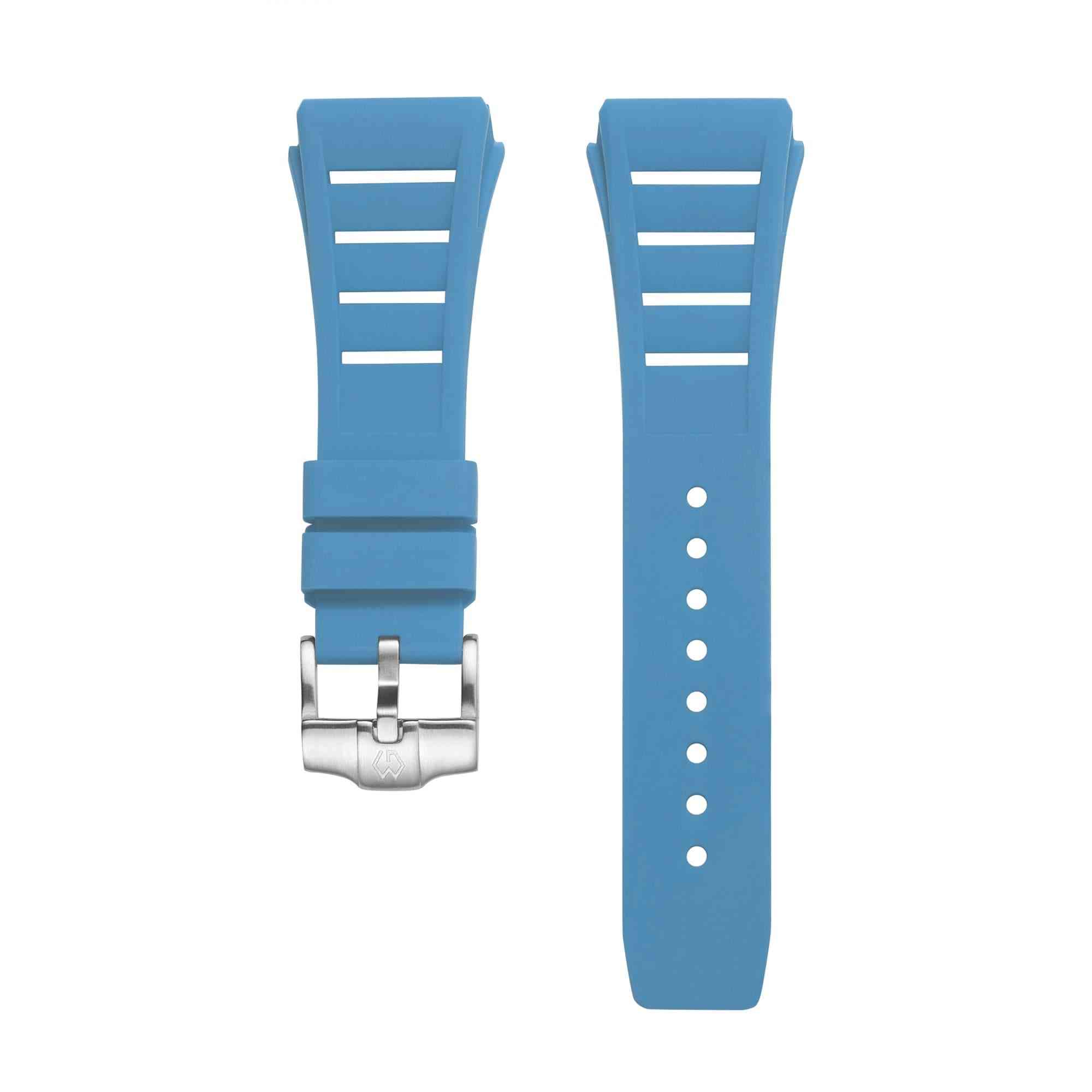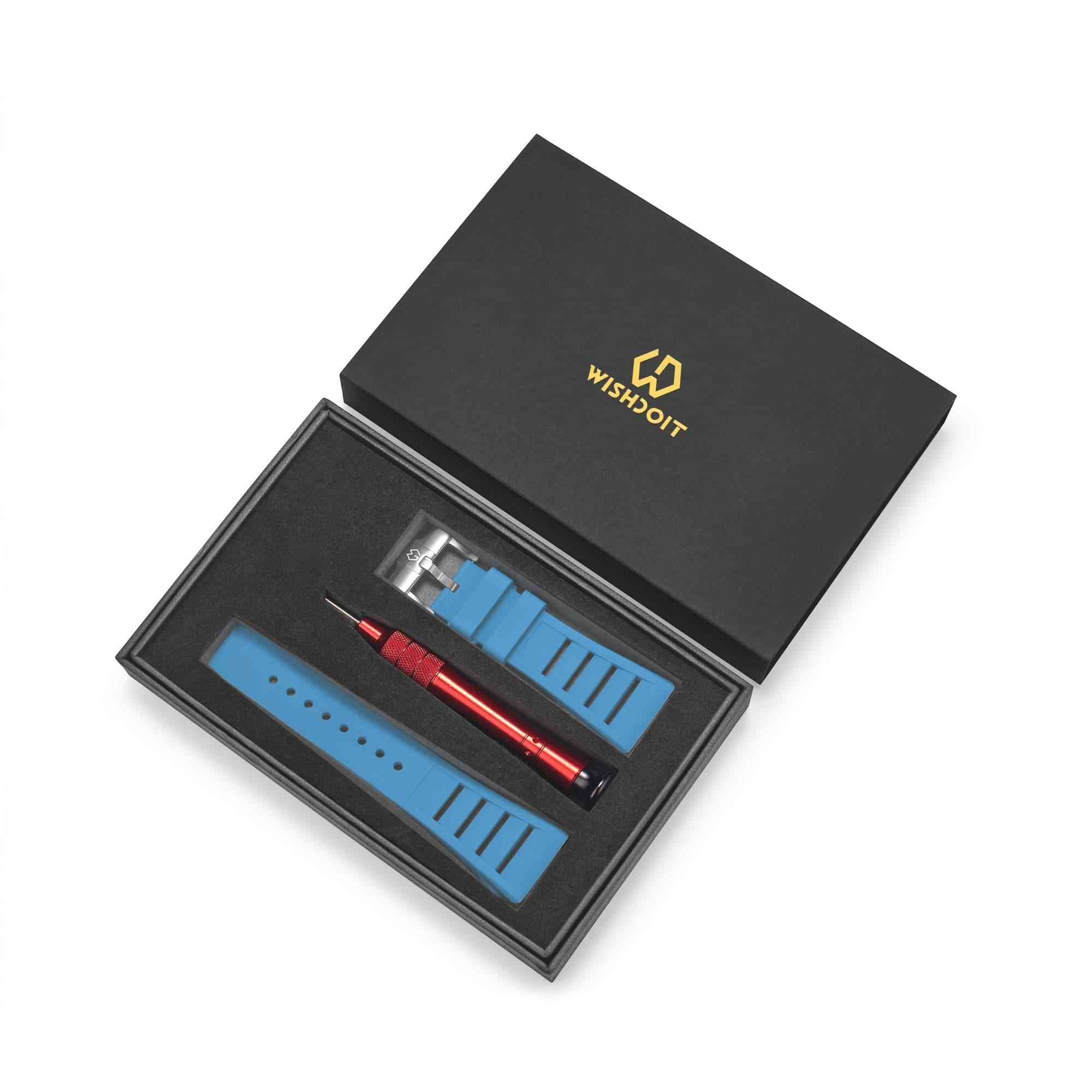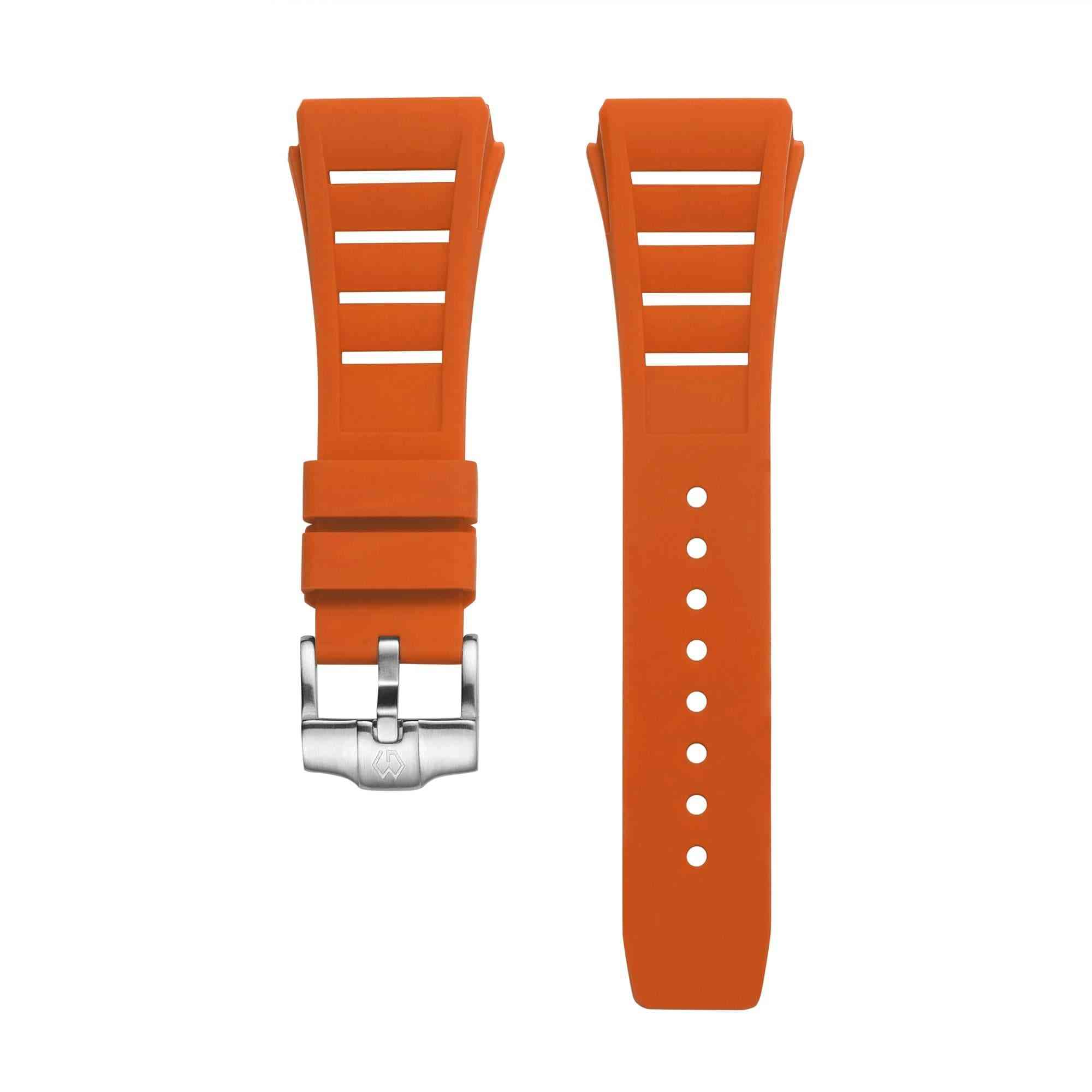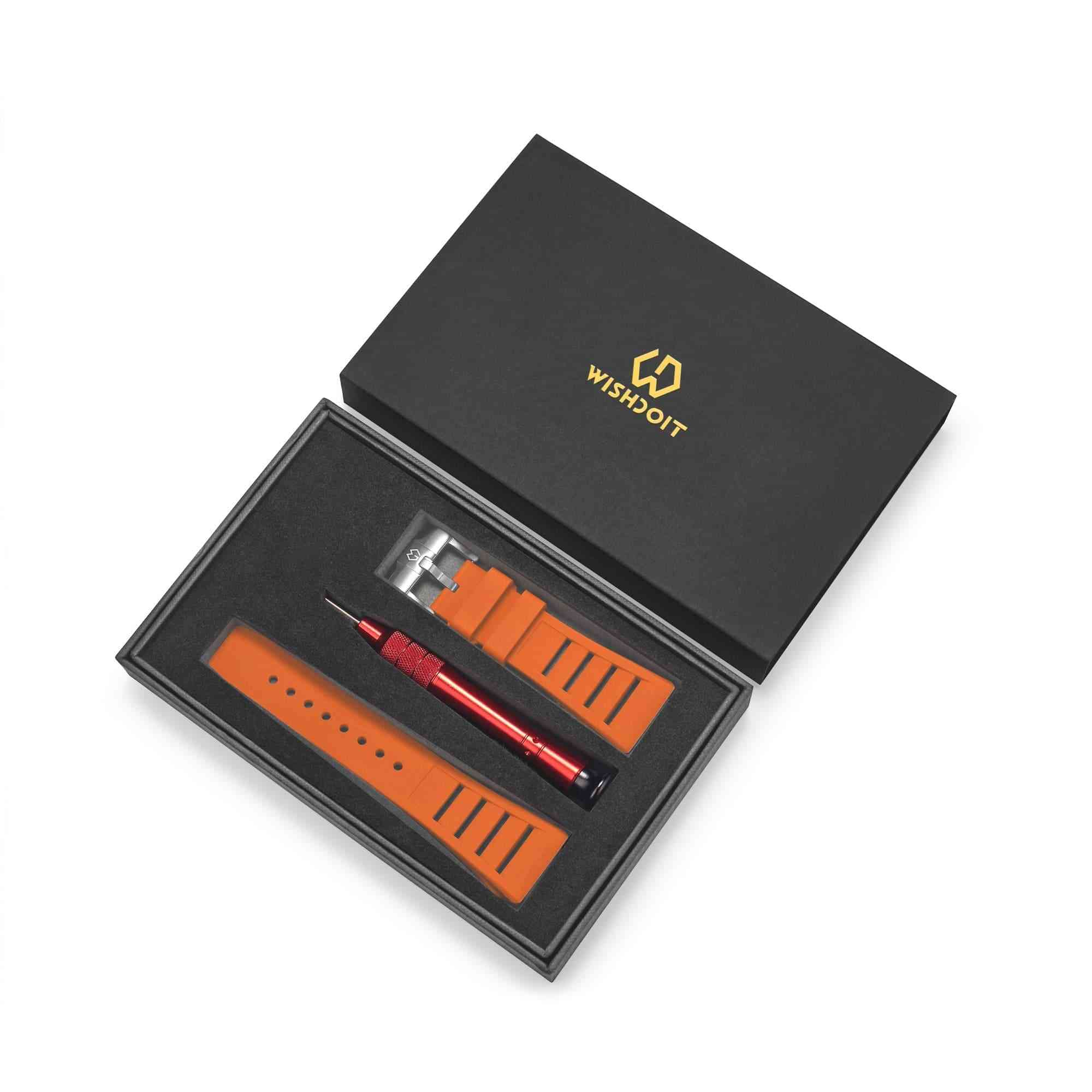In the world of horology, few names evoke the same level of admiration and reverence as Swiss watches. These exquisite timepieces have set the standard for precision and craftsmanship for centuries. But have you ever wondered who is responsible for inventing these iconic watches that adorn the wrists of millions worldwide? Join us on a journey through time as we unravel the fascinating story behind the invention of Swiss watches.
The Birth of Swiss Horology:
To truly understand the invention of Swiss watches, we must first step back in time to the 16th century when the art of watchmaking was in its infancy. The Swiss, a people known for their precision and attention to detail, had already established themselves as expert clockmakers. However, it wasn't until the arrival of Huguenot refugees in Switzerland in the late 16th century that the wheels of Swiss watchmaking truly began to turn.
The Huguenots, fleeing religious persecution in France, brought with them a wealth of knowledge in various crafts, including watchmaking. Among these skilled artisans was Charles Cusin, a Frenchman who is often credited with laying the foundation for Swiss watchmaking. Cusin's expertise and innovation soon found a home in Geneva, a city that would become synonymous with luxury watchmaking.
The Swiss Watchmaking Guild:
As the 17th century progressed, the demand for timekeeping devices grew, and Geneva became a hub of watchmaking activity. In 1601, the city established the "Société des Horlogers," the first watchmaking guild in the world. This guild not only regulated the craft but also provided a platform for Swiss watchmakers to exchange ideas and innovations.
One of the most notable figures of this era was Abraham Louis Breguet, a genius watchmaker whose inventions, such as the tourbillon, set new standards for precision. Breguet's creations were sought after by royalty and aristocrats, earning him a reputation as one of the greatest watchmakers in history.
The Swiss Made Label:
The 19th century marked a significant milestone in the history of Swiss watches with the introduction of the "Swiss Made" label. In 1880, the Swiss federal government enacted strict laws requiring watches bearing the Swiss Made label to meet stringent quality and craftsmanship standards. This label became a symbol of trust and excellence, establishing Switzerland as the epicenter of watchmaking.
Swiss Watches in the 20th Century:
The 20th century saw Swiss watchmakers continue to push the boundaries of innovation. The advent of automatic movements, waterproof cases, and the creation of iconic models like the Rolex Submariner and the Omega Speedmaster solidified Switzerland's dominance in the industry.
Perhaps one of the most intriguing stories of Swiss watchmaking in the 20th century is the Rolex Oyster Perpetual's journey to the deepest point on Earth. In 1960, the bathyscaphe Trieste, carrying a specially designed Rolex Oyster Perpetual, descended into the Mariana Trench, reaching a depth of 10,916 meters (35,814 feet). Remarkably, the watch remained in perfect working condition, a testament to Swiss precision and durability.
The Quartz Revolution:
However, no discussion of Swiss watches would be complete without mentioning the Quartz Crisis of the 1970s. Swiss watchmakers were blindsided by the emergence of affordable and accurate quartz watches from Japan. This crisis forced the Swiss industry to reinvent itself and focus on luxury and craftsmanship rather than mass production.
Today, Swiss watches remain synonymous with prestige and precision. Brands like Patek Philippe, Audemars Piguet, and Rolex continue to create masterpieces that blend cutting-edge technology with timeless design. Swiss watchmaking has truly come full circle, as modern artisans carry forward the tradition of excellence established centuries ago.
In conclusion, the invention of Swiss watches is a story of passion, innovation, and unwavering dedication to craftsmanship. From the early days of Charles Cusin to the modern marvels of Rolex and Patek Philippe, Swiss watchmaking has left an indelible mark on the world of horology. The next time you wear a Swiss watch, remember the centuries of history and innovation that have made it a symbol of timeless elegance.
You’ll also like:




